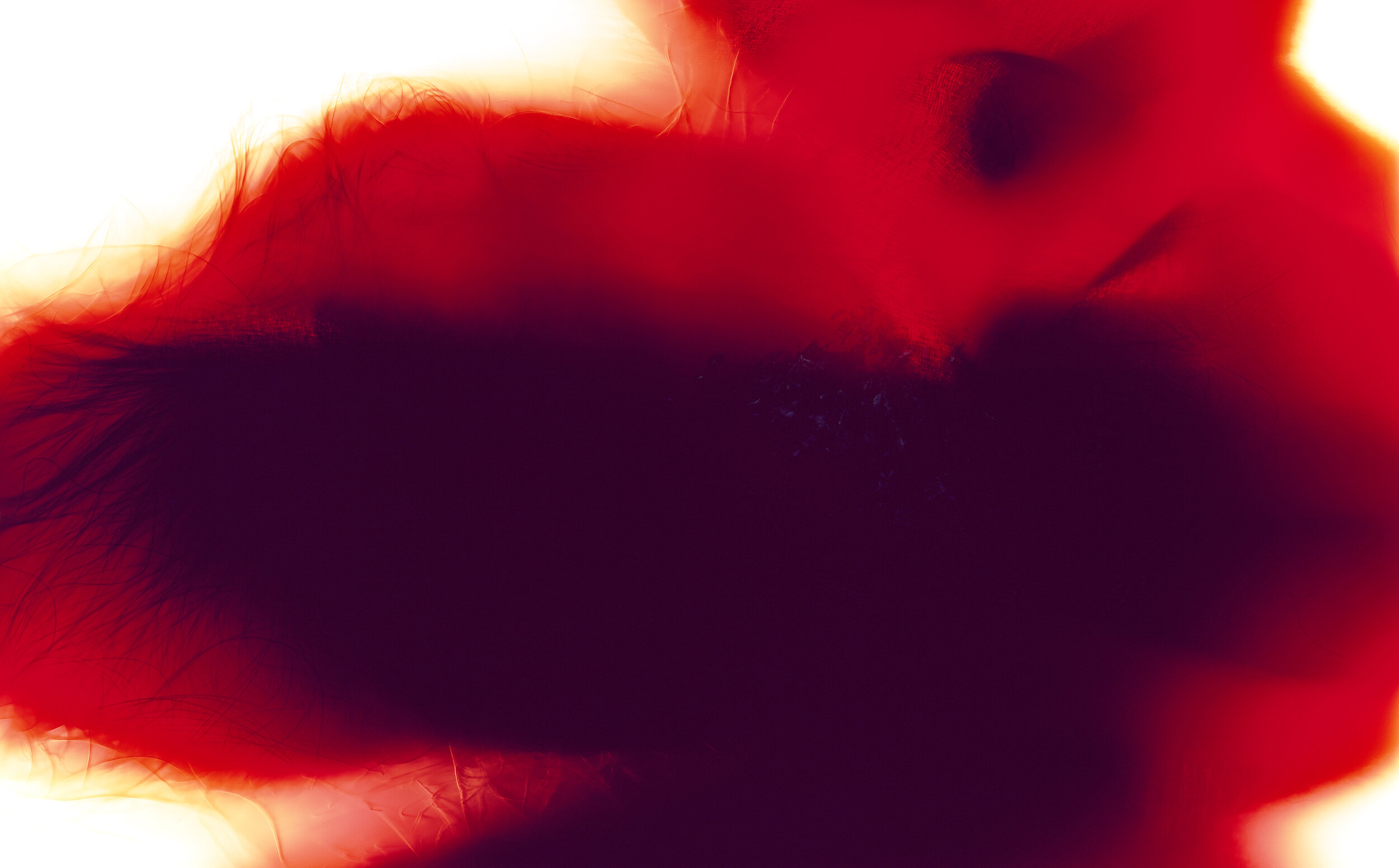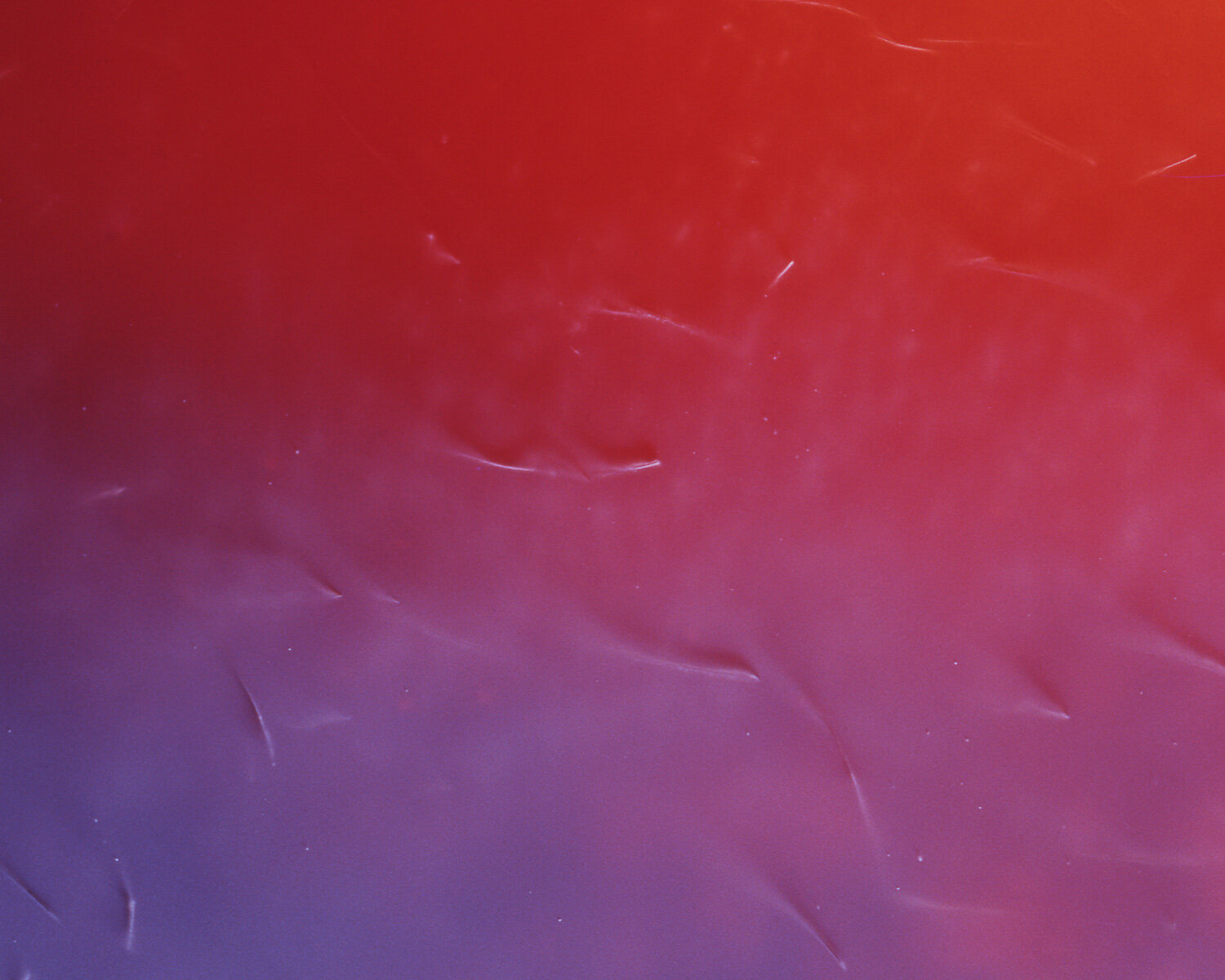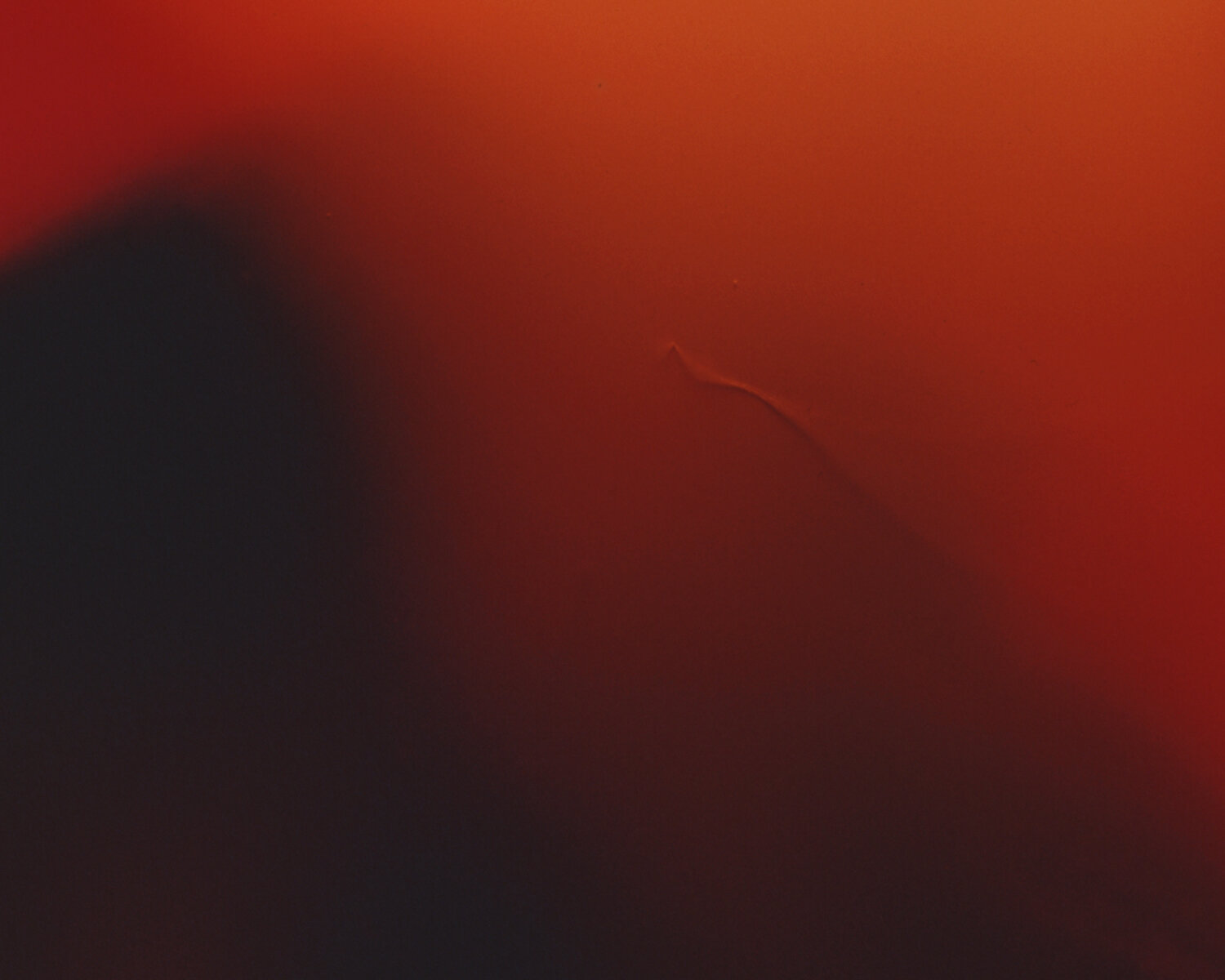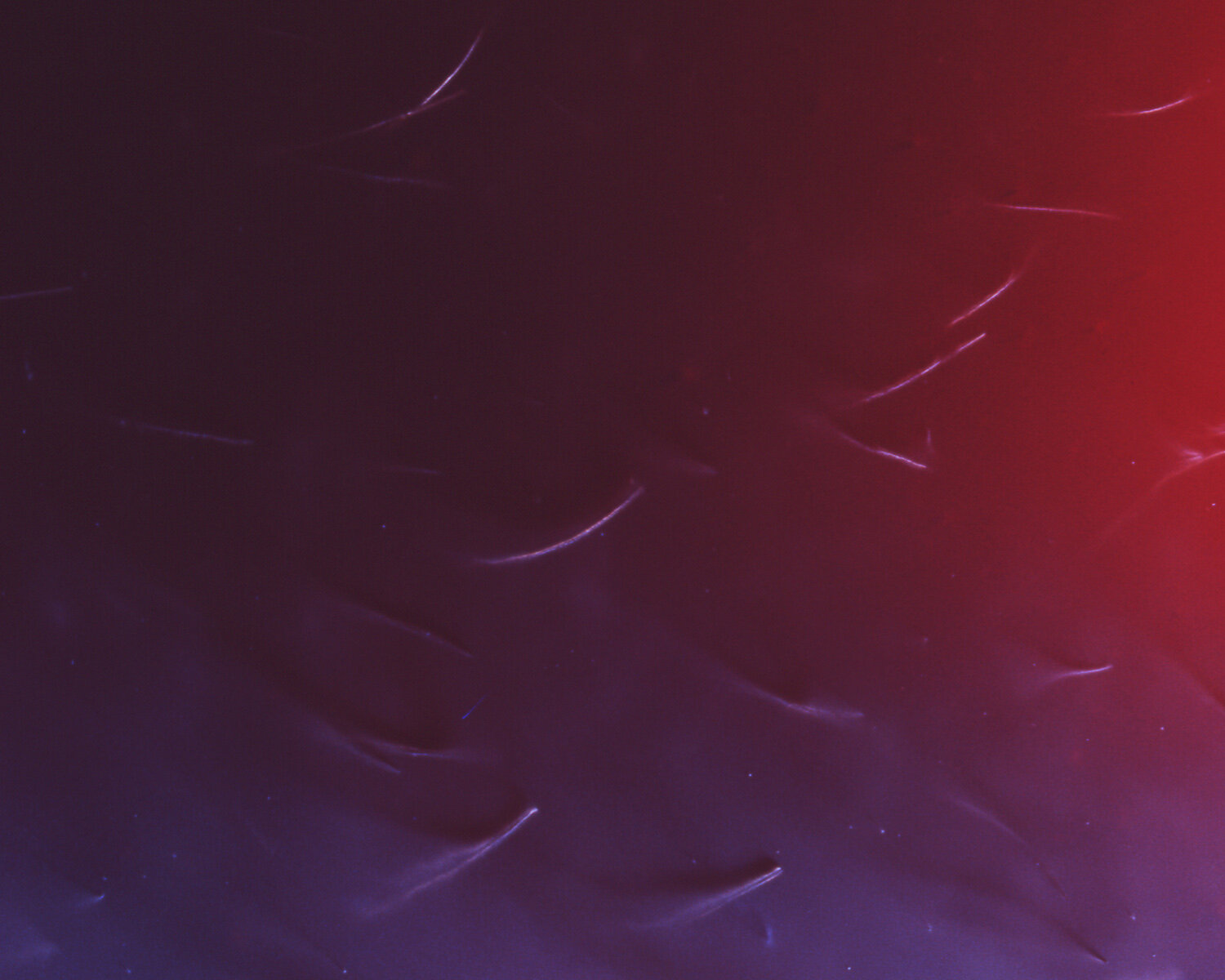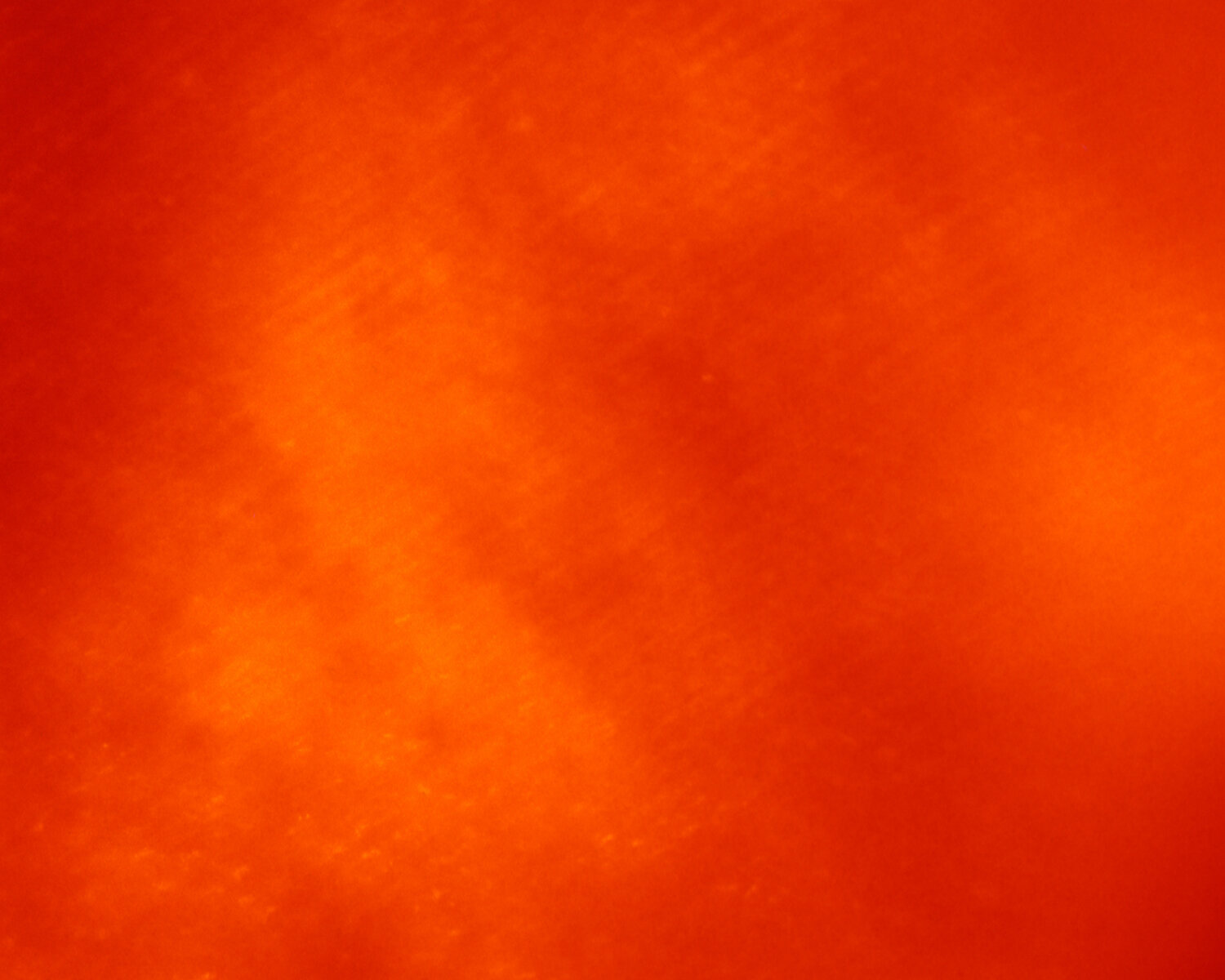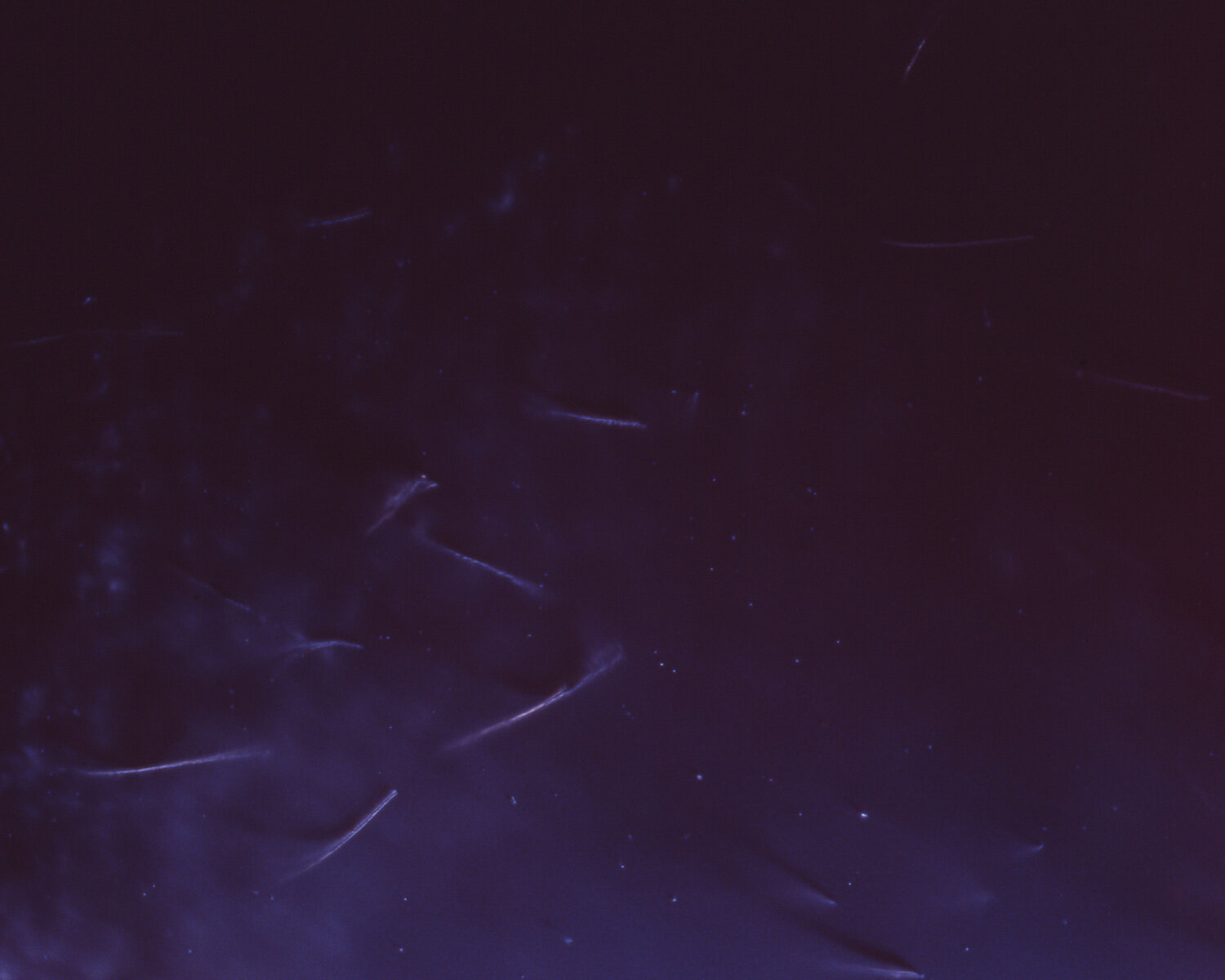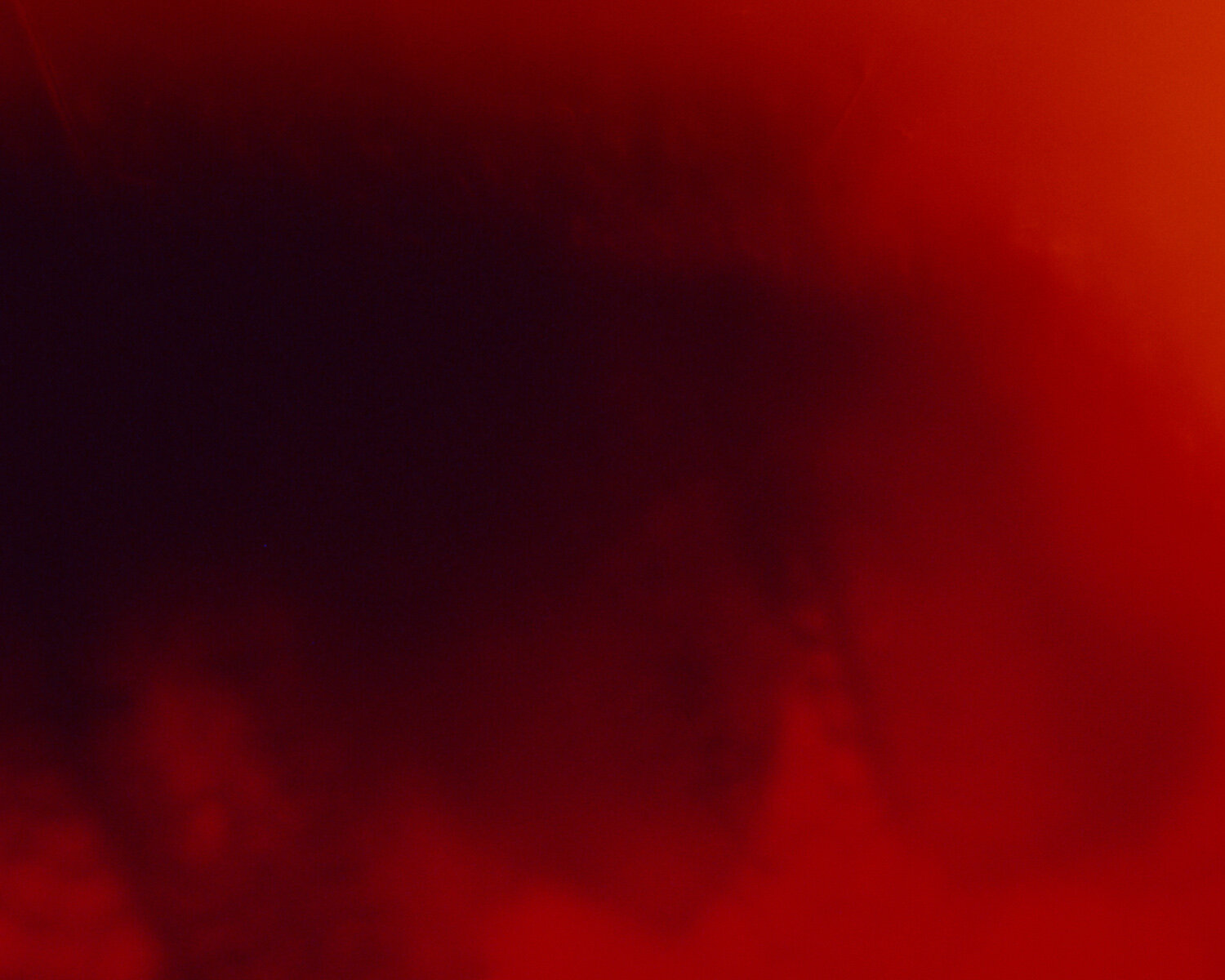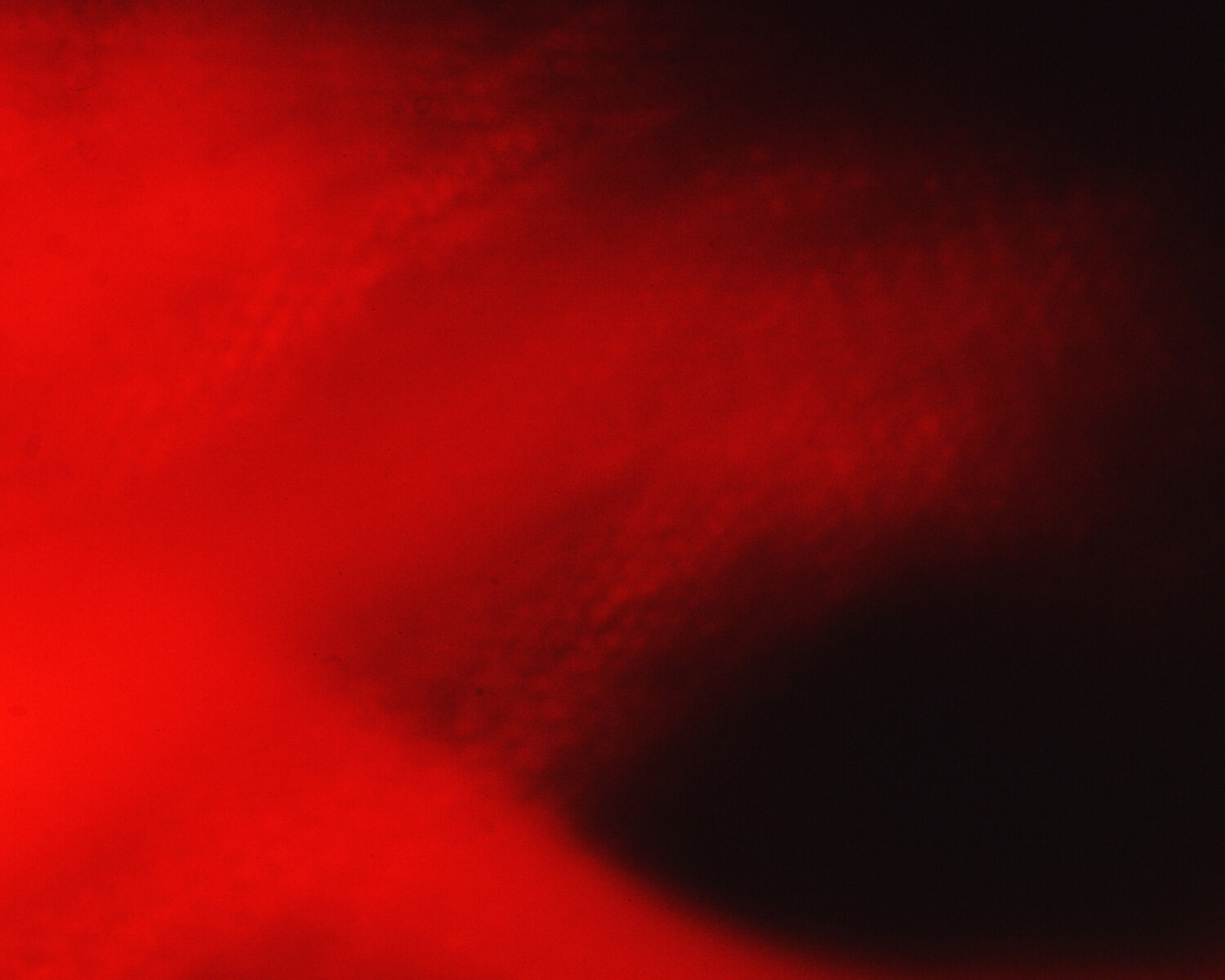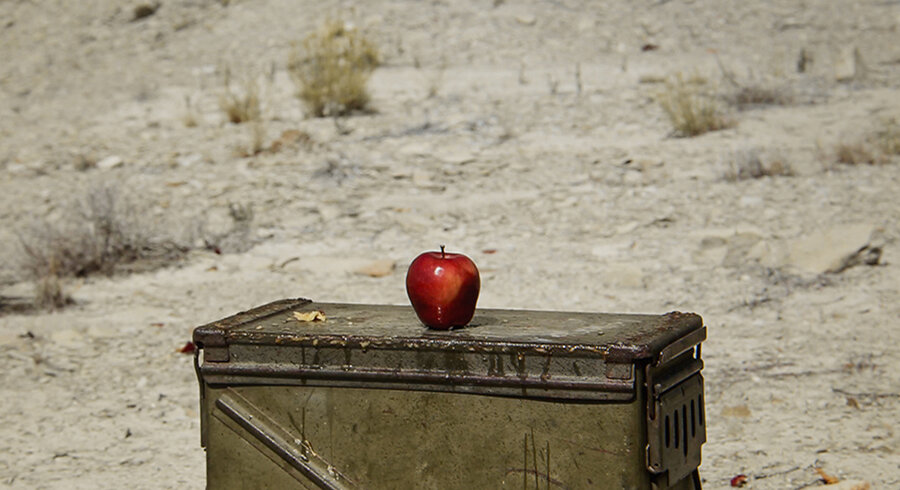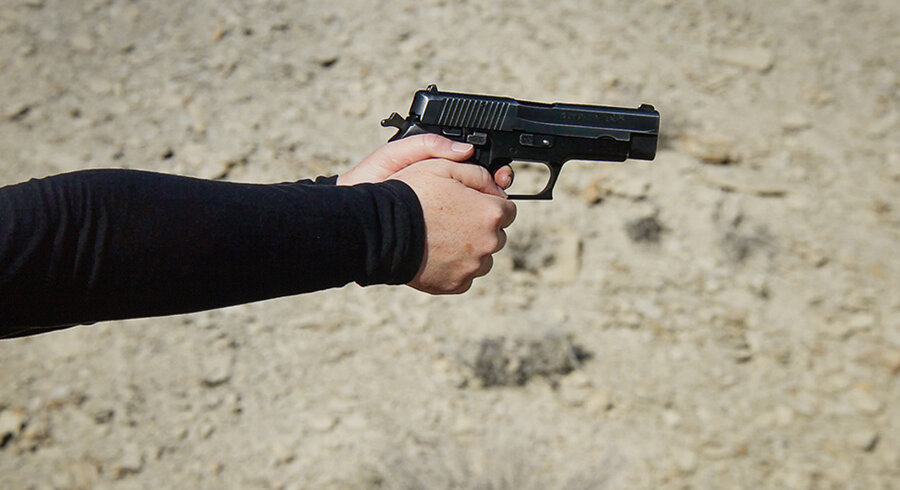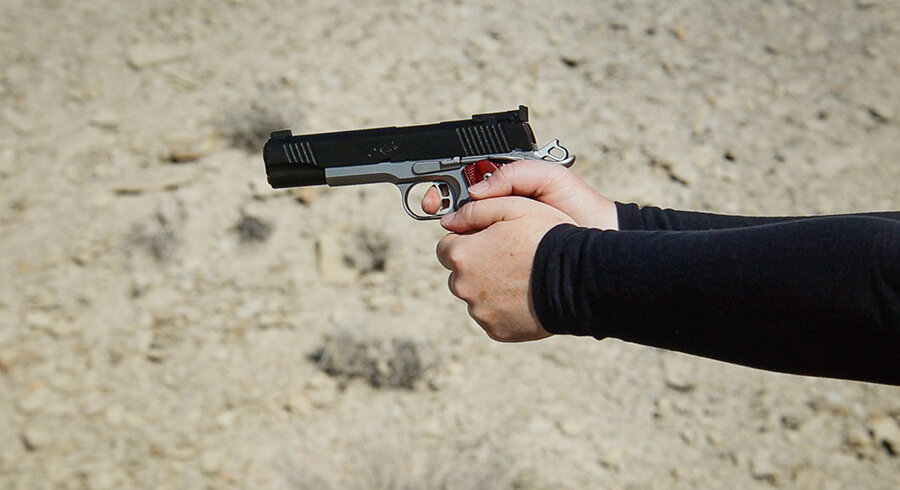Q&A: Amy Jorgensen
Amy Jorgensen is an interdisciplinary artist whose diverse practice involves creating conceptual, immersive works that blend photography, performance, and video. In the realization of her work, she mines historical and contemporary perspectives to explore alternate and intersecting narratives of the body, desire, violence, and power.
By Hamidah Glasgow | March 26, 2020
Born in Milan, Italy, she received a BFA from the School of the Museum of Fine Arts and Tufts University, and an MFA from the University of California San Diego. With recent solo exhibitions at LA><Art in Los Angeles, Elizabeth Houston Gallery in NYC, Utah Museum of Contemporary Art, and Nox Contemporary, Jorgensen’s selected exhibitions include FAIR the first all-women art fair during Miami Art Week, GuatePhoto Festival in Guatemala City, Los Angeles Contemporary Exhibitions (LACE), Oceanside Museum of Art, AIPAD in NYC, Museum of Art at BYU, The Situation Room in Los Angeles, Center for Fine Art Photography, Filter Space in Chicago, CUAC, and Video Space. Jorgensen was recently honored as one of Utah’s Most Influential Artists, she is a recipient of multiple fellowships and grants including a GSA grant and an Individual Artist Grant from the Utah Arts Council, and her work is included in public and private collections. She and her work have been featured in Artnet News, Huffington Post, New York Arts Magazine, Don’t Take Pictures, Katalog, Musée Magazine, At Length Magazine, Dialogue, Lenscratch, and others. She recently organized and co-curated the publishing and exhibition of DE|MARCATION, the first comprehensive look at the state of contemporary photography in Utah. Dedicated to the arts as a maker, facilitator and educator, she is currently the Executive Director and Chief Curator at Granary Arts, an Associate Professor of Visual Art at Snow College where she is head of photography, a member of the Board of Directors for the Utah Arts Council, and a member of the Acquisition Committee for the State of Utah Fine Art Collection. Jorgensen lives and works remotely in the high plains desert of Utah.
HG: It’s lovely to reconnect with you and your work. In your statement for Body Archive, you talk about exploring alternate and intersecting narratives of the body, desire, violence, and power. How did your work go down this path of inquiry?
AJ: Thank you for inviting me, Hamidah. I’m a big fan of Strange Fire Collective. I think the work you begin making as a young artist isn’t always fully understood until you’ve had some time to look back on it. Young art is made from the gut; it’s not until later that we can begin to contextualize these decisions in a larger conversation of art practice. I feel like I’m reaching that moment, where I have enough art years under my belt to see the long view. Body Archive is a project that began around 2000 and is ongoing. It was the impetus for so much the work that has come since. Bruce Mau, in his personal/studio manifesto, says that “time is genetic” – all work leads to the present, and is created on a trajectory. What we do now is only possible because of what we did yesterday, and the day before, etc. I very much subscribe to this notion. Over the years the project has evolved in terms of the technical process, but the creation of images continues, I will make these images as long as I am able to. The project exists as a personal mediation and creative practice that works in tandem with my other bodies of work (videos, photographs, performances). All of these topics – the body, desire, violence, and power – speak loudly from the experience of being a woman.
HG: I’d like to hear more about the progression of a young artist who makes art from the gut to a seasoned artist who makes work in the context of larger art conversations.
AJ: Sure, I would say that as a very young artist, I didn’t have a clear understanding of the art ecosystem, the spectrum of voices and histories that contribute to context. My energy was quite singularly focused on cultivating my own creative practice and voice. What you gain over time is a larger world view and an awareness of how the cultural dialog is intertwined.
HG: As I focus on Women’s issues in 2020, your work is a natural place to begin due to the focus on the female body and its portrayal in art and photography. Your reclaiming the territory of self, agency, and representation while simultaneously addressing the materiality of the photographic medium is fascinating. What compelled you to affix photosensitive material to your body?
AJ: This is a tangential story, but it circles back to process, and the way ideas and projects are incubated. Intense periods of research, life events, and serendipity coalescing to define the origin story for a body of work.
In 2000, I spent roughly a year photographing for conceptual artist John Baldessari (deep bow) creating images for his public installation READ WRITE THINK DREAM in the Stuart Collection at University of California, San Diego. I lugged around an 8x10 view camera chasing palm trees, sailboats on ocean horizons, variations on pencil arrangements, student portraits, and watched uncountable hours of obscure TV shows looking for scenes with the Baldessari sensibility. During the same time frame, I was also shooting a billboard ad campaign for Miller Lite. My directive from the execs was to find the most beautiful people - real-life moments with Miller Lite girls in the hippest bars of Southern California. So, I was working for Baldessari by day, Miller Lite by night, and at the same time, I was deep in the trenches of my MFA program.
The juxtaposition of the three acted as a perfect cocktail and catalyst for an existential creative crisis. I knew that I needed to shift how I was approaching my work; at that time, I wanted to make photographic images rooted in authenticity, both conceptually and physically.
In my research, I was reading and looking at several sources from the 19th century, reverting to an era when the photographic image, for the most part, was still associated with notions of truth. In writing about Eugene Atget’s photographs of Paris at night, Walter Benjamin, the philosopher, and critic, described them as “evidence of an occurrence.” This was a pivotal phrase and encapsulated the ideas I was interested in. (I later learned that Benjamin was a great archivist.)
I was also looking at the early 19th century images of crime photography from the many sources surfacing at the time but in particular, the New York archives and several from the UK. These early black and white explorations of the photograph functioning as evidence of an event having happened.
Then I discovered the Burns Archive. The collection of Dr. Burns is from the mid to late 1800’s – early photographs of surgeries, disease pathology, etc. It’s a striking collection, but there was one particular image from the archive that stood out; it is titled “Paisley Woman, 1891.” Her head draped with a cloth; we see a woman’s torso covered in a paisley pattern, a fungus on her skin. It’s both exquisite and grotesque at the same moment, but also speaks to how disease, or the body, can be the author of information. It is disease pathology making the marks, the skin is the surface for the image, but the body is the author. This was another pivotal moment, and also conceptually began to tie together my early performance work and my photo work to notions of the body being an independent author, the body as mark maker or artist. (I was also thinking about contemporary artists such as Eleanor Antin, Janine Antoni, Jasper Johns, and many others.)
Very often, in my own personal working process, it is my subconscious, specifically dreaming, that links the waking research to creative practice. So, in the midst of all the events and research above, I abruptly woke one morning from a dream with the clear knowledge that there was truth in my armpit. An unlikely place. But it felt like an origin story, akin to myth. Athena was born from Zeus’s head. For me, truth was in my armpit. That day, I started experimenting with light-sensitive emulsions and placing them in my armpit. That’s the beginning of the Body Archive series.
The history of women’s bodies in art and culture is that of being on display, the male gaze always privileged. In Body Archive, this one-way perspective is obliterated. It is a female body authoring its own narrative – creating the images, sans camera, and point of view. There is no viewfinder from which to edit the scope of information. Cumulatively, the Body Archive series is a document or evidence of my own “occurrence” over time.
HG: Talk to me about how violence is portrayed in your work?
AJ: I made a series of works that were informed by cultural narratives of violence: Far From The Tree, An Apple A Day, and Apple of My Eye. I have to admit that I’m a news junkie, politics and world events are often working as parallel undertones to the personal and conceptual ideas I’m exploring. These three works draw on the political landscape of terrorism, torture, and images associated with these topics. In the news, we were routinely seeing images of hostages and beheadings in nondescript desert landscapes. There was also fierce debate in the United States about the role of the US military using waterboarding. I incorporated references to militaristic rebellion and the co-opting of male violence as a way to examine how the traditional symbolism of the apple correlates to imagery of force and extremism. I’ve repeatedly returned to the quintessential apple as a heavily loaded (burdened) signifier for femininity in my work. However, in Apple of My Eye and Apple a Day, the tradition is subverted, the apple is destroyed, through brutal violence, over and over again.
An Apple A Day
Even without the knowledge of how they are created, or their photographic lineage, the Body Archive reads on multiple levels. The images resemble galactic views from outer space – collections returning from the Hubble telescope – and they also mimic medical imagery – smears, blood, tissue samples. While they are not images overtly created from violence, there is a conversational undertow that links back to the language of the physical body.
An Apple A Day
HG: The project exists as a personal mediation and creative practice that works in tandem with my other bodies of work (videos, photographs, performances). All of these topics – the body, desire, violence, and power – speak loudly from the experience of being a woman.
Please talk a little more about how your work explores these topics of desire, violence, and power?
AJ: Let’s take a closer look at a few works. Far From The Tree is a performance-based video work shot from the bottom of a barrel filled with water and bright Red Delicious apples. You see me dunking my head over and over again, chasing after the apples. There is a desperation to the action, a longing, or exaggerated desire to bite, or attain, the object. You also hear the banging of the apples hitting against the sides of the barrel, the breath and bubbles of exhalation, and the garbled echo of everything submerged underwater. The piece is meant to walk a delicate line between our playful childhood memories of bobbing for apples and the more sinister implications of drowning and waterboarding. As you watch the video, which is drenched in beautiful color and light, the narrative transitions from the warmth of nostalgia to anxious desperation and implied violence.
Far From The Tree, Video Still
In An Apple A Day and Apple of My Eye, I was interested in subverting mainstream narratives of power. For example, what if you take the apple, this mythic western signifier of femininity, which is wholly a construction of the male gaze and projected narratives, and utterly destroy it using the methods of war and rebellion normally employed by dominant hierarchies? The titles of the works use ubiquitous and wholesome colloquial phrases that act as a jolting juxtaposition to the violence in the work. An Apple a Day was a 30-day documented performance where I took a bite of a Red Delicious apple and then bludgeoned it with a sledgehammer, leaving it to rot in the heat. I used a low-fi aesthetic to mimic the imagery of hostages in nondescript rooms that were circulating in the media at the time.
Apple of My Eye, a four-channel video, employed a different strategy to explore similar themes. The stage is set in an anonymous desert landscape, the structure and tonal coloring of the video make cinematic references to classic western films, a genre steeped in machismo and language of dominance. I used two .45 pistols, the Kimber Super Match II and Sig Sauer P220, (selected because they are used widely by military and police around the world), to blow up Red Delicious apples. The video is looped, so as an audience member, you hear a repeated perforation of gunshots and the flesh of apples dropping to the ground.
Well Behaved Women, video still
We can also talk about power in more subtle terms, the power we give ourselves, the struggle to speak and voice our experience. Well Behaved Women is a performance-based two-channel video work that explores the complicated dynamics of power through performing expectations of female experience.
I juxtapose two popular phrases, “The rain in Spain stays mainly in the plain” and “Well behaved women seldom make history.” The first phrase, spoken in an overbearing tone, is a phonetic exercise used in the film My Fair Lady to transform Eliza Doolittle into a socially acceptable lady. The second phrase is uttered in a whisper, “Well behaved women seldom make history.” A phrase now championed by feminists and found on t-shirts and mugs, it was originally written by Harvard University historian, Laurel Thatcher Ulrich in her early research about the lives of colonial women. The two phrases, both performed by me, are spoken in video projections placed opposite one another, or at the juncture of a corner wall. They act as dueling voices representing the internal struggle to speak and be heard, the oppositional narratives of public and private, learned, and behaved. My suffragette ancestor, Edna Berg, inspired the work. She is the voice in my own head, which whispers, “Well behaved women seldom make history.”
Well behaved Women, Video still
HG: Thank you for your time and for sharing your work. Congratulations on the Granary Arts being named one of the ten best art spaces by USA today!
AJ: Thank you!
Amy’s Body Archive work is in a two-woman exhibition titled, (She) Her/Self at Artworks Center for Contemporary Art through the Center for Fine Art Photography.
All images © Amy Jorgensen






